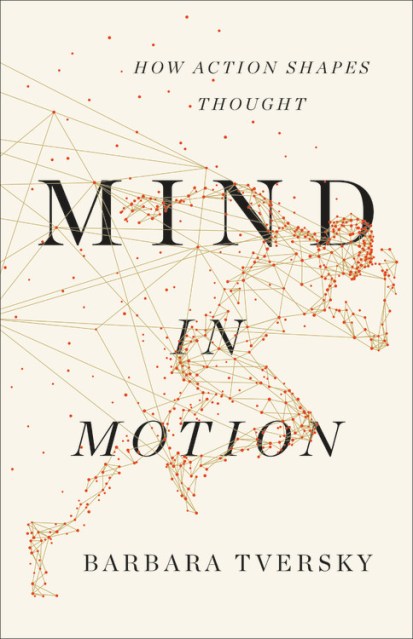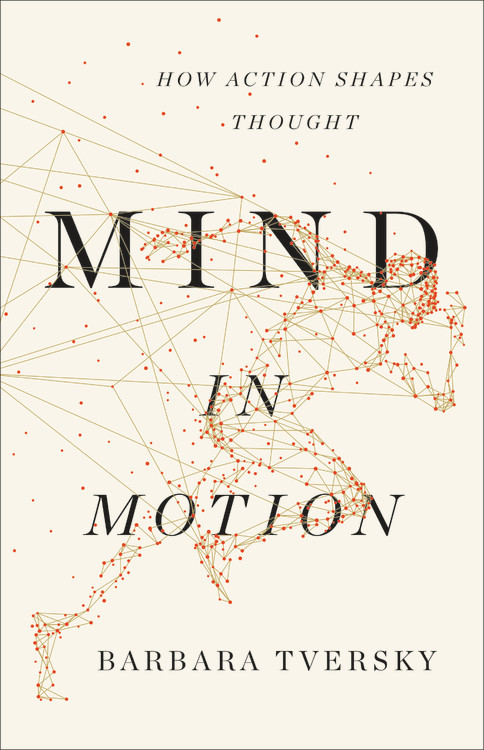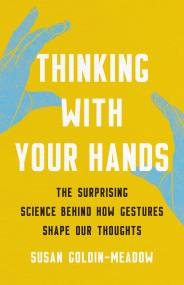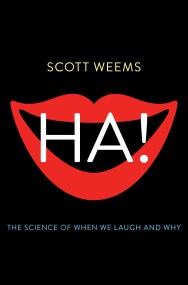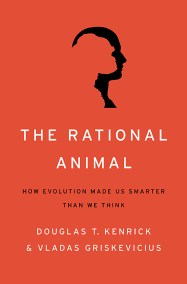Promotion
Use code MOM24 for 20% off site wide + free shipping over $45
Mind in Motion
How Action Shapes Thought
Contributors
Formats and Prices
Price
$35.00Price
$44.00 CADFormat
Format:
- Hardcover $35.00 $44.00 CAD
- ebook $18.99 $24.99 CAD
This item is a preorder. Your payment method will be charged immediately, and the product is expected to ship on or around May 21, 2019. This date is subject to change due to shipping delays beyond our control.
Also available from:
An eminent psychologist offers a major new theory of human cognition: movement, not language, is the foundation of thought
When we try to think about how we think, we can’t help but think of words. Indeed, some have called language the stuff of thought. But pictures are remembered far better than words, and describing faces, scenes, and events defies words. Anytime you take a shortcut or play chess or basketball or rearrange your furniture in your mind, you’ve done something remarkable: abstract thinking without words.
In Mind in Motion, psychologist Barbara Tversky shows that spatial cognition isn’t just a peripheral aspect of thought, but its very foundation, enabling us to draw meaning from our bodies and their actions in the world. Our actions in real space get turned into mental actions on thought, often spouting spontaneously from our bodies as gestures. Spatial thinking underlies creating and using maps, assembling furniture, devising football strategies, designing airports, understanding the flow of people, traffic, water, and ideas. Spatial thinking even underlies the structure and meaning of language: why we say we push ideas forward or tear them apart, why we’re feeling up or have grown far apart.
Like Thinking, Fast and Slow before it, Mind in Motion gives us a new way to think about how–and where–thinking takes place.
Genre:
- On Sale
- May 21, 2019
- Page Count
- 384 pages
- Publisher
- Basic Books
- ISBN-13
- 9780465093069
Newsletter Signup
By clicking ‘Sign Up,’ I acknowledge that I have read and agree to Hachette Book Group’s Privacy Policy and Terms of Use
